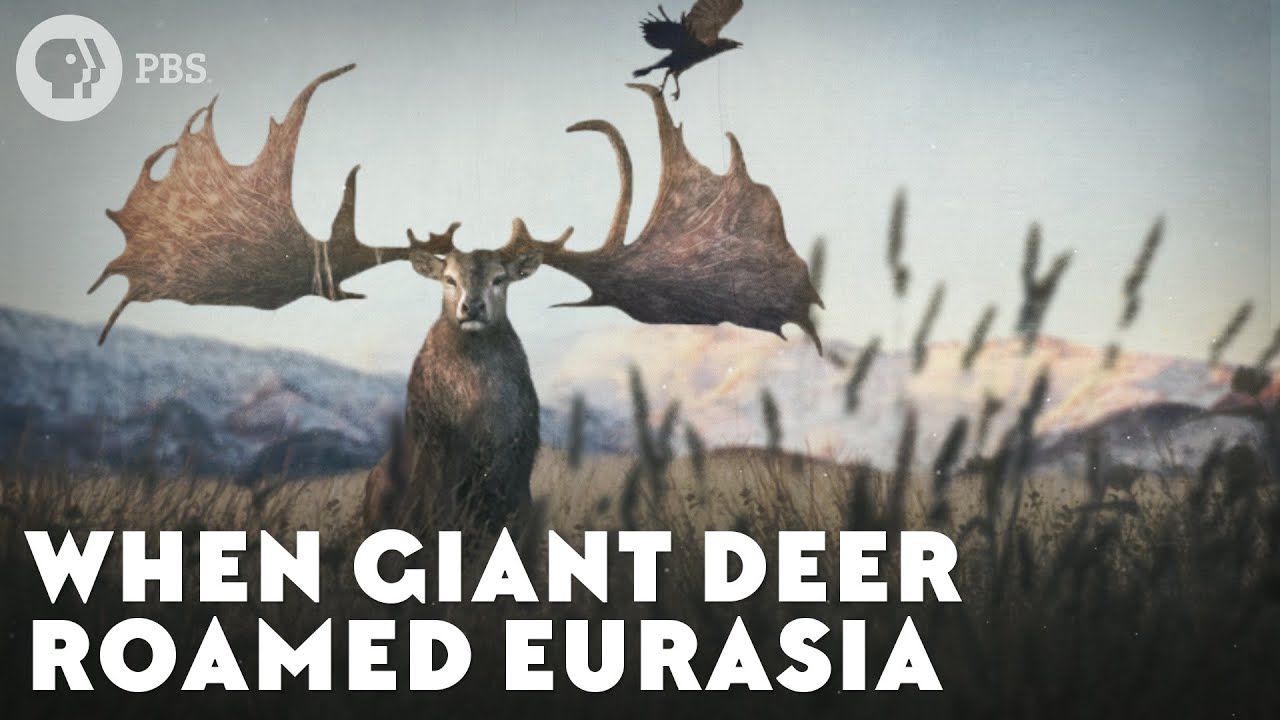When Giant Deer Roamed Eurasia
Unleash Your Creative Genius with MuseMind: Your AI-Powered Content Creation Copilot. Try now! 🚀
The year was 2018, and two fishermen embarked on a typical autumn day adventure in the waters of Lough Neagh in Northern Ireland. Little did they know that they were about to stumble upon an astonishing discovery that would transport them back thousands of years. As they hauled up their net, they were met with the sight of a beautifully preserved skull and antlers of the Megaloceros giganteus, commonly known as the Irish Elk. This encounter with the extinct beast sparked curiosity and raised questions about the relationship between humans and these majestic creatures.
The Enigma of Megaloceros: A Glimpse into the Past
The Megaloceros was one of the largest members of the deer family to walk the Earth. Despite its name, it was not closely related to elk species known today. Our ancestors immortalized the Megaloceros in art, with its striking presence captured in cave paintings dating back to the Late Pleistocene Epoch. These depictions provided insights into the physical characteristics of the Megaloceros, such as its enormous antlers, dark stripes, and a distinctive hump. The significance of Megaloceros extended beyond its physical attributes, as it played a vital role in human rituals and tool-making across various regions.
The Antler Theory: Unraveling the Extinction Mystery
The extinction of the Megaloceros remains a subject of debate among researchers. Early theories proposed that the massive antlers of the Megaloceros led to their demise, attributing their size to health issues and resource demands. However, further studies challenged these hypotheses, leading to new models that suggested the species faced challenges due to changing environments and dwindling food supplies. The combination of environmental shifts, restricted habitats, and human hunting practices likely contributed to the decline of the Megaloceros population.
Legacy of the Irish Elk: A Timeless Tale
Despite their disappearance from the Earth over 7,000 years ago, the Megaloceros continues to captivate our imagination through art, folklore, and literary works. Their remains, preserved in peat bogs, serve as a reminder of a bygone era, while their imagery adorns the coat of arms of Northern Ireland. Just like our ancestors, we keep the spirit of the Megaloceros alive through storytelling and art, ensuring that their majestic presence remains etched in our collective memory.
In conclusion, the enigmatic Megaloceros serves as a testament to the intricate relationship between humans and the natural world, offering a glimpse into a time when these magnificent creatures roamed the Earth. Their legacy endures, inspiring curiosity and wonder as we continue to unravel the mysteries of our planet's ancient inhabitants.

Related Recaps
- The Best Potato Recipe On Youtube? We'll See About That!
- Ariana Grande - Thank u, next (cover by Donald Trump )
- EVANGELHO DO DIA – 12/05/2023 - HOMILIA DIÁRIA – LITURGIA DE HOJE - EVANGELHO DE HOJE -PADRE GUSTAVO
- Theater price hikes ‘could force some people to sit on their couch instead', analyst says
- Tiếng Nói Người Yêu Tự Do - Joseph Lac tối VN 16/04/2023